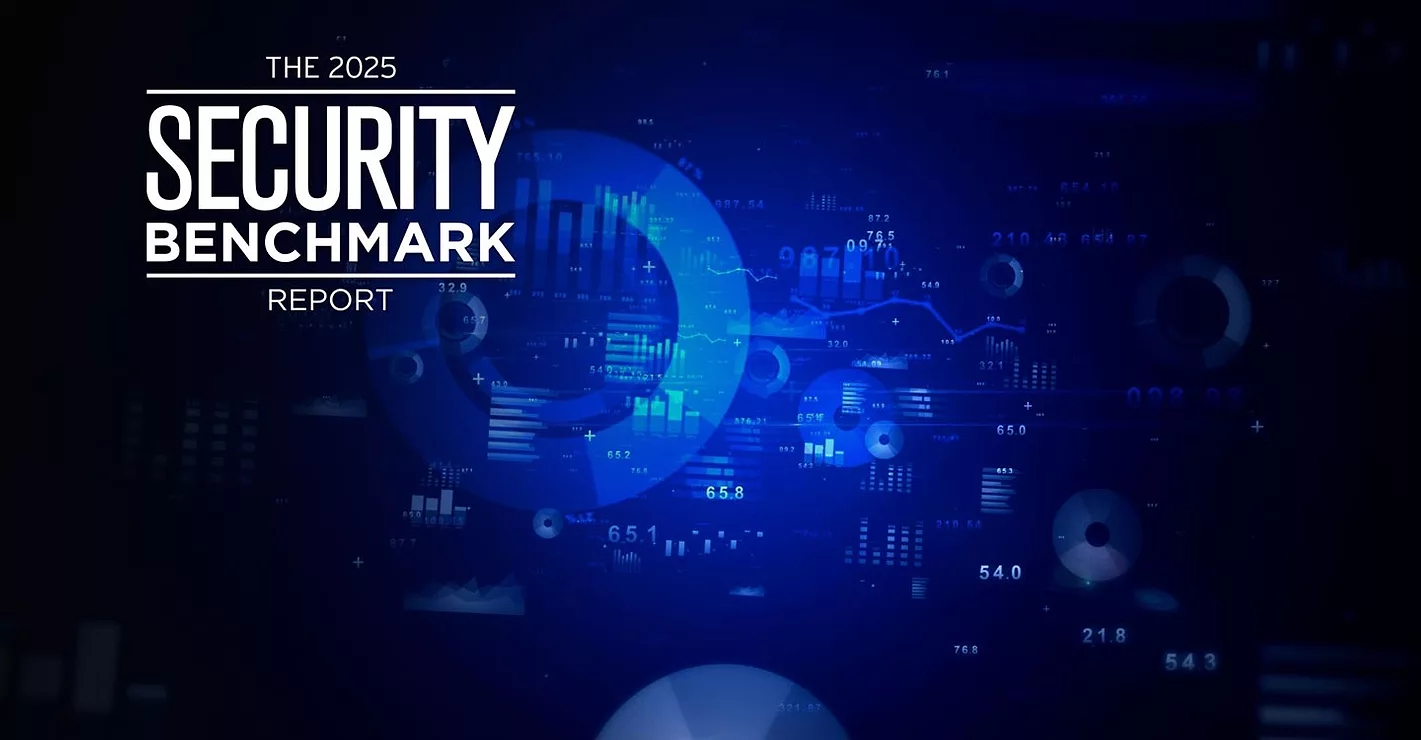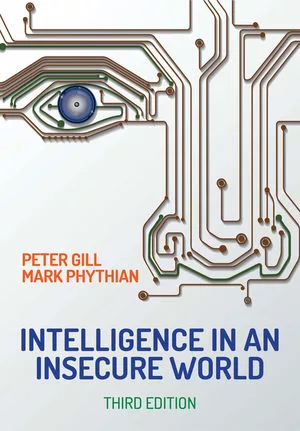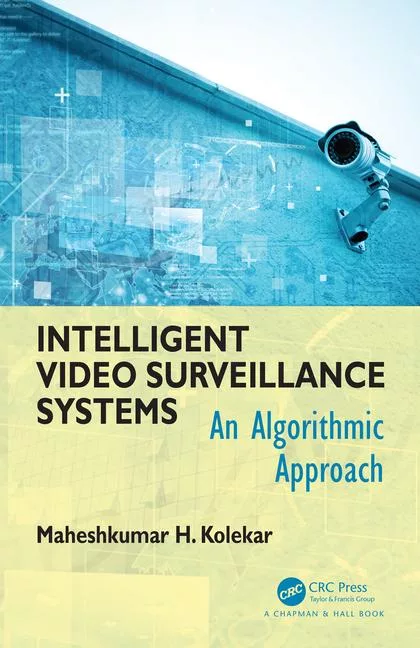New Options in Choosing an ID Printer
Alexi Vereschaga and Youcef Reguigui share more than a desire to win. They both understand the business benefits of a good card printer.
Vereschaga, co-founder and chief technology officer at AwardWallet, uses a printer to generate personalized loyalty cards for members of his company’s service, which keeps track of reward programs such as frequent flyer miles, hotel and credit card points across 536 loyalty programs.
Reguigui tore up the track, winning the recent Heydar Aliyev Anniversary Tour, a five-day stage bicycle race that annually takes place around Baku and the foothills of the Greater Caucasus in Azerbaijan. At the event, the ID card accreditation system featured a long format printer, software, PVC cards and personalized lanyards.
AwardWallet, with more than 130,000 active members, found a solution that was easy to use by a lean-staffed small business and easily featured for members to carry and use. “Our members average about ten of their own loyalty programs. We needed a printer that could create gold and silver cards using two hoppers and securely print up to 30 account numbers on a card so a member can more easily reference an account without carrying a lot of cards,” says Vereschaga, who has a deep background in information technology. “We print on both sides of a card and the information must be clear. It’s important as to how it prints on the card.”
Event IDs Personalized
For Reguigui, fellow bicyclists, VIPs and tour officials, the ID card solution was designed both for the ease of the process and personalization of the badges.
In total, he delivered more than 2,500 personalized credentials. The cards were preprinted, color-coded with the national colors of Azerbaijan and punched prior to the event. Tour officials simply had to personalize each one with the details of competitors, officials, VIP guests and press. Each card was printed instantly using the printer integrating seamlessly with software.
Card and badge printers continue to evolve.
One advance is retransfer printing – a technology that allows printing of full color, full bleed images in perfect color without the pitfalls of traditional dye sublimation card printing. Traditional “dye sub” card printing requires that the print head of the card printer print directly onto the card material through the printer ribbon.
Rather than printing directly on the card itself, a retransfer printer prints a reverse image on the laminate transfer film and then bonds this material to the face of the card. Since the film is slightly larger than the size of a standard card, it is possible to print over the entire surface area of the PVC card without that white border that is required on other dye sublimation printers.
For example, print technology from Digital Identification Solutions is aimed at applications which require offset-like printing quality. New generations of these printers possesses a dye sublimation-based UV ribbon for fine tone gradient-scale reproduction of high-quality covert images onto a card.
Then there are the changes in types of cards and levels of security that also impact printers and the total system, such as choice, which is important, given the wide range of credential needs.
The most common form of ID in the U.S. is the driver’s license; and the U.S. Green Card is also widely used to identify foreign-born residents living in the U.S. as permanent residents. The Department of Defense (DoD) uses the Common Access Card (CAC), and Federal agency employees and their contractors use the Personal Identity Verification (PIV) card. Beyond these cards and licenses, there are ID cards and badges used by corporate America, academic institutions, healthcare facilities and many other organizations.
Multi-Layered Credential Validation
Most of today’s card issuance and licensing systems rely on two-dimensional identity validation. The person presenting his or her credentials is compared with identifying data that is displayed on the ID card. This identifying data was originally a simple photo. Since then, credentials have evolved to include sophisticated elements that enable more trustworthy visual authentication and also serve as deterrents to tampering and forgery. Among these visual elements are higher resolution images, holographic card over-laminates and permanent and unalterable, laser-engraved personalization attributes.
Digital components, including smart card chips or magnetic stripes, give ID card and license issuance systems a third security dimension. The use of smart cards with expanded data storage enables robust multi-factor authentication (i.e., something you have, such as a card; plus something you know, such as a password; plus something you are, such as biometric data), which increases the probability that the person presenting a card to a reader was actually issued that card. Smart cards also leverage cryptography and keys to ensure that the user possesses the correct keys at that specific moment.
Multi-Layered System Management
In addition to protecting the integrity of credentials and cardholders through multiple layers of visual and digital security, it is also critical to protect the integrity of the overall issuance system through a multi-layered security approach.
The first layer is to limit unauthorized operator access to physical components. Mechanical locks should be used to control access to printers, including the card input and output hoppers as well as the rejected cards. Physical locks should be placed on all access points to protect consumables including ribbon and film.
The second layer is electronic security. This includes controlling operator access to each printer through the use of personal identification numbers (PINs). Make sure that print job data packets meet or exceed advanced encryption standards. This will ensure system privacy, integrity and authentication all the way through to the final issuance endpoint.
The third layer is to ensure automatic elimination of personal data on used print ribbon panels. Some card printers increase security by including integrated sensors that only permit the use of custom print ribbons and holographic card over-laminates in authorized printers.
Generally, enterprises should choose ID card printers designed to simultaneously support multiple types of electronic personalization in order to ensure their solution can meet their current needs and scale to support future requirements. Businesses of any size should use an adaptable card personalization solution that can handle multiple card types (including magnetic stripe as well as contactless and contact encoding solutions that are becoming more common), plus new encoding options as security requirements increase within an organization.
Finally, organizations also must consider the costs for initial deployment, maintenance and consumables.
The cost for initial deployment varies based on a number of factors including: the number of employees in an organization; the type of card to be used (i.e., standard blank, or electronic/contactless smart card); the level of personalization to be applied (i.e., single- or dual-side printing); and the risk-appropriate level of security or card durability and life expectancy that is desired. Adding security features through personalization rarely increases card costs by more than $1.00 per unit, even when using optional laminates. And card printer maintenance is an inexpensive yet valuable habit to adopt. This includes regularly cleaning printheads and the card feeding mechanism, which limits the risk of more expensive service and replacement.
More printer advice is available on the Security website, securitymagazine.com. Just use the keyword Fontanella.
This article was previously published in the print magazine as "A Choice in the Printer Cards."
Looking for a reprint of this article?
From high-res PDFs to custom plaques, order your copy today!








